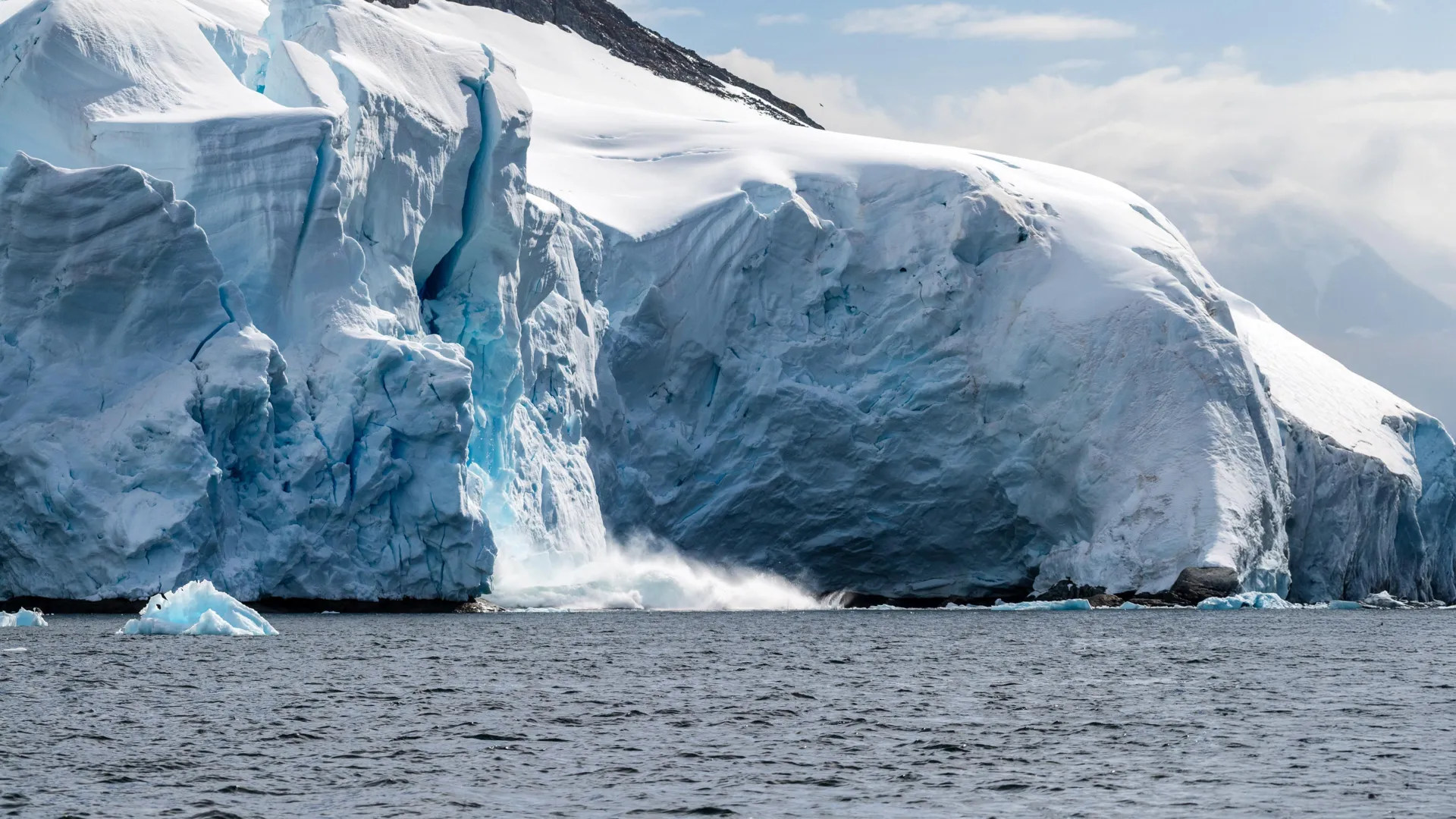Antarctica’s collapse may already be unstoppable, scientists warn

Antarctica faces the possibility of sudden and potentially irreversible changes to its ice, oceans, and ecosystems. Scientists warn that without a sharp global reduction in carbon emissions, these transformations could have serious effects not only for the continent but also for Australia and the rest of the planet.
The warning comes from new research published in Nature by scientists from The Australian National University (ANU) and the University of New South Wales (UNSW), together with researchers from all of Australia’s major Antarctic science institutions.
The team found that multiple large-scale changes are now unfolding at once across Antarctica and that these processes are tightly “interlinked,” intensifying global pressure on the climate system, sea levels, and ecosystems.
The West Antarctic Ice Sheet: A Collapse in Motion
Researchers identified the West Antarctic Ice Sheet (WAIS) as being at extreme risk of collapsing as atmospheric carbon dioxide levels continue to climb. A full collapse of the WAIS could raise global sea levels by more than three meters, endangering coastal populations and major cities worldwide.
Dr. Nerilie Abram, Chief Scientist at the Australian Antarctic Division (AAD) and lead author of the study, warned that such an event would have “catastrophic consequences for generations to come.”
She noted that “rapid change has already been detected across Antarctica’s ice, oceans and ecosystems, and this is set to worsen with every fraction of a degree of global warming.”
Sea Ice Decline and Worsening Feedback Loops
According to Dr. Abram, the sharp decline in Antarctic sea ice is another alarming signal. “The loss of Antarctic sea ice is another abrupt change that has a whole range of knock-on effects, including making the floating ice shelves around Antarctica more susceptible to wave-driven collapse,” she said.
The reduction in sea ice, together with the weakening of deep ocean circulation in the Southern Ocean, indicates that these systems are more vulnerable to rising temperatures than previously believed.
As sea ice disappears, more solar heat is absorbed by the ocean’s surface, amplifying regional warming. Dr. Abram added that other critical systems may soon reach a point of no return, including the ice shelves that hold back parts of the Antarctic ice sheet.
Consequences Reaching Australia and Beyond
Professor Matthew England from UNSW and the ARC Australian Centre for Excellence in Antarctic Science (ACEAS), who co-authored the study, explained that these rapid Antarctic shifts could have severe effects for Australia.
“Consequences for Australia include rising sea levels that will impact our coastal communities, a warmer and deoxygenated Southern Ocean being less able to remove carbon dioxide from the atmosphere, leading to more intense warming in Australia and beyond, and increased regional warming from Antarctic sea ice loss,” he said.
Wildlife and Ecosystems in Jeopardy
The loss of sea ice is already threatening Antarctic wildlife. Professor England warned that emperor penguin populations are facing greater extinction risks because their chicks depend on stable sea ice to mature. “The loss of entire colonies of chicks has been seen right around the Antarctic coast because of early sea ice breakout events, and some colonies have experienced multiple breeding failure events over the last decade,” he said.
Other species are also under threat. The researchers reported that krill, as well as several penguin and seal species, could experience major declines, while key phytoplankton that form the base of the food web are being affected by ocean warming and acidification.
Professor England added that a potential collapse in Antarctic overturning circulation would be disastrous for marine ecosystems, preventing vital nutrients from reaching surface waters where marine life depends on them.
Urgent Global Action Needed
Dr. Abram emphasized that while efforts through the Antarctic Treaty System remain vital, they will not be sufficient on their own. “While critically important, these measures will not help to avoid climate-related impacts that are already beginning to unfold,” she said.
She urged that “the only way to avoid further abrupt changes and their far-reaching impacts is to reduce greenhouse gas emissions fast enough to limit global warming to as close to 1.5 degrees Celsius as possible.”
Governments, industries, and communities, she added, must now include these accelerating Antarctic changes in their planning for climate adaptation, especially in regions like Australia that will be directly affected.
A Global Effort to Understand Antarctica’s Rapid Change
The research represents a collaboration among leading Antarctic experts from Australia, South Africa, Switzerland, France, Germany, and the United Kingdom. It was led by the Australian Centre for Excellence in Antarctic Science (ACEAS), working with Securing Antarctica’s Environmental Future (SAEF), the Australian Antarctic Program Partnership (AAPP), and the Australian Antarctic Division (AAD).
This study supports the objectives of the Australian Antarctic Science Decadal Strategy 2025-2035, a long-term initiative to understand and address the sweeping changes underway in Earth’s southernmost region.
Source link

